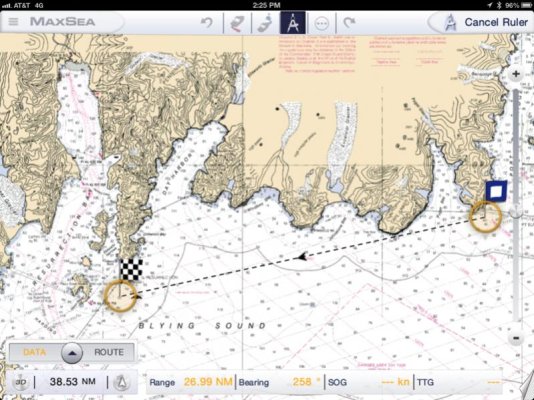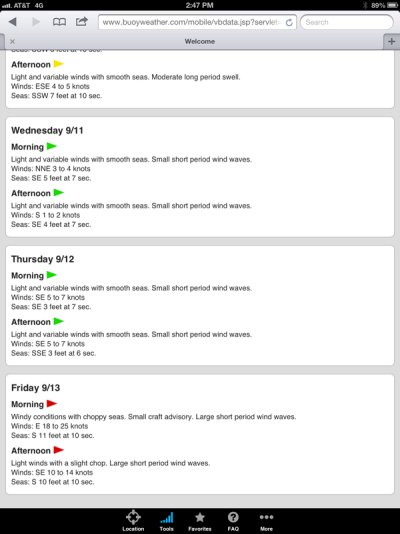AKDoug
Guru
I have had a little experience with my Willard 30 in following seas, but more like a fair sized swell with no wind driving it. How large a following sea have YOU been in and with how much wind driving it? I am looking for a clue for what I might be in for getting my boat from Whittier to Homer (Alaska) since the fall weather is one rolling system after another this year. The wave action would be wide open Gulf of Alaska open water for about 30 miles, almost directly on the stern or lightly port quartering. Thinking about it...






